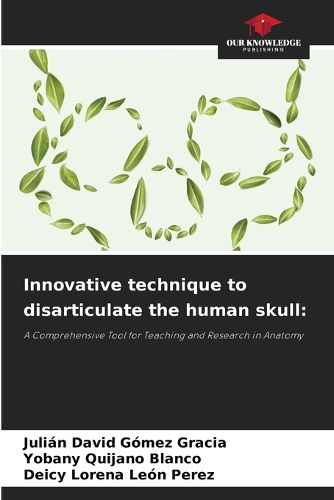Readings Newsletter
Become a Readings Member to make your shopping experience even easier.
Sign in or sign up for free!
You’re not far away from qualifying for FREE standard shipping within Australia
You’ve qualified for FREE standard shipping within Australia
The cart is loading…






A technique for the disarticulation of skull bones for academic, didactic and research purposes is described. This technique consists of the introduction of dry or dehydrated seeds in the different cranial cavities, followed by their immersion in a container with water. This causes the hydration of the seeds, increasing their volume and generating an increase in pressure inside the cranial cavities, which leads to their subsequent disarticulation.Through this process, all the bones that make up the neurocranium, the chondrocranium and the vicerocranium are obtained. By separating the bones in this way, all the anatomical details are preserved, including their three-dimensionality and their characteristic anatomical elements. This enhances the learning possibilities by preserving every detail of the anatomical pieces, as well as the research and extension processes, since it provides the opportunity to create exhibitions with the pieces obtained.
$9.00 standard shipping within Australia
FREE standard shipping within Australia for orders over $100.00
Express & International shipping calculated at checkout
A technique for the disarticulation of skull bones for academic, didactic and research purposes is described. This technique consists of the introduction of dry or dehydrated seeds in the different cranial cavities, followed by their immersion in a container with water. This causes the hydration of the seeds, increasing their volume and generating an increase in pressure inside the cranial cavities, which leads to their subsequent disarticulation.Through this process, all the bones that make up the neurocranium, the chondrocranium and the vicerocranium are obtained. By separating the bones in this way, all the anatomical details are preserved, including their three-dimensionality and their characteristic anatomical elements. This enhances the learning possibilities by preserving every detail of the anatomical pieces, as well as the research and extension processes, since it provides the opportunity to create exhibitions with the pieces obtained.